Projects
Repair Café


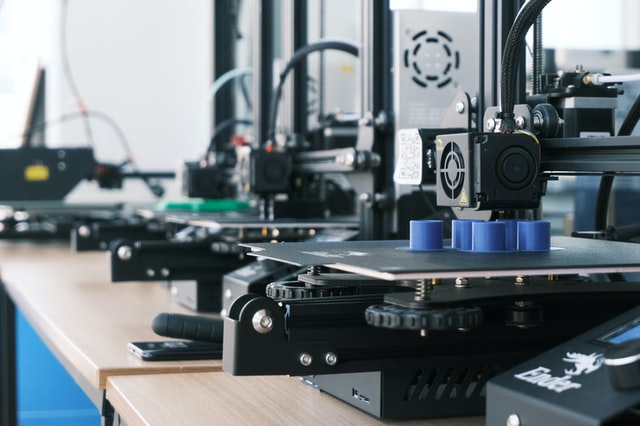
In today’s world, where everything is available at the touch of a button, we have become a throwaway culture. We buy, use, and then throw away products without a second thought. But what if I told you there is a way to reduce waste and help the environment while saving money? Introducing the local repair cafe!
Repair cafes are community spaces where people come together to repair broken items instead of throwing them away. These cafes are a great way to reduce waste and help the environment. We are now in our tenth year of offering free repairs.
Here are some of the benefits of attending a local repair cafe:
-
Reduce waste: Repair cafes help reduce waste by repairing broken items instead of throwing them away. This reduces the need to utilize resources for new products and their included life cycle costs.
-
Save money: Repairing items instead of buying new ones can save you a significant amount of money in the long run. Repairing is often cheaper than buying a new item, and it also helps you get more life out of your existing belongings.
-
Connect with your community: Repair cafes bring people together, providing a space for individuals to share skills and knowledge with others. They are a great way to meet new people and build connections within your community.
-
Learn new skills: Attending a repair cafe provides an opportunity to learn new skills, such as basic sewing, carpentry, or electrical repair. These skills can come in handy in your personal life, and you can even use them to help others.
-
Support local businesses: Repair cafes often partner with local businesses to source repair materials and tools. This support helps small businesses thrive and contributes to the local economy.
Repair cafes are becoming more popular around the world, and they are a great way to reduce waste, save money, and connect with your community. By attending a local repair cafe, you can contribute to a sustainable future while enjoying the benefits of repairing your broken items. So why not give it a try and attend our local repair cafe today.
Next Café is on Saturday November 9, 2024 at the Griffith’s Community Centre on 122 Government Rd in Black Diamond. The Café runs from 11:00 am until 3:00 pm.
Register at
https://kbqrkmnuokyewrytdf.10to8.com
or email us at:
itsasustainablelife@outlook.com
RECYCLING PROSUMER STYLE
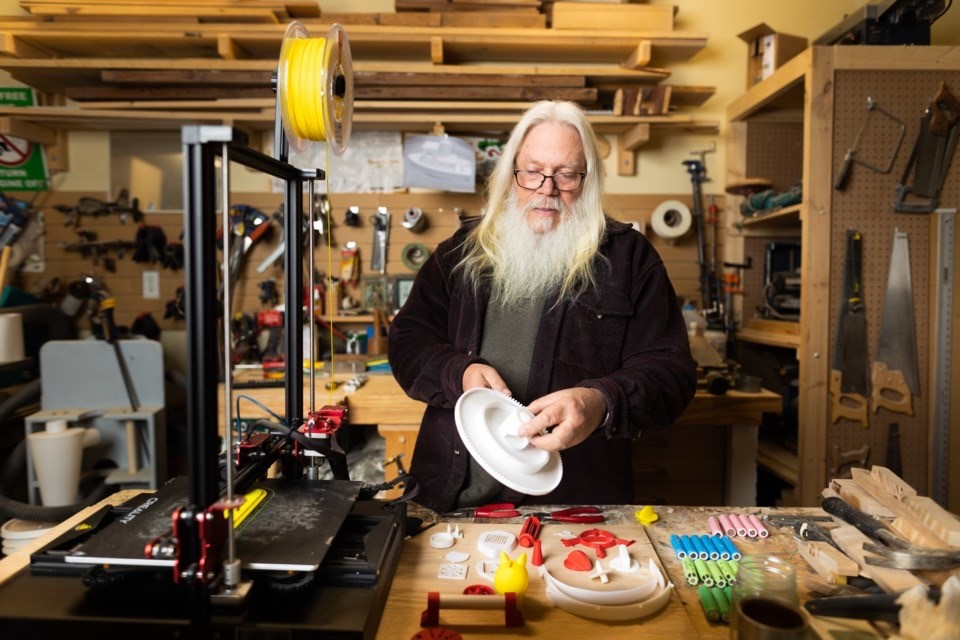
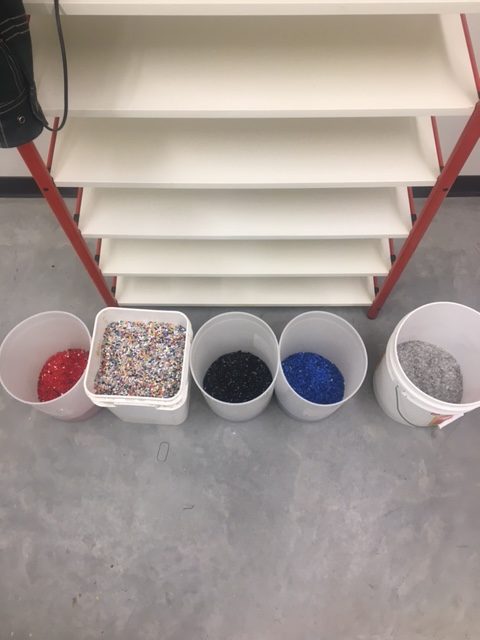
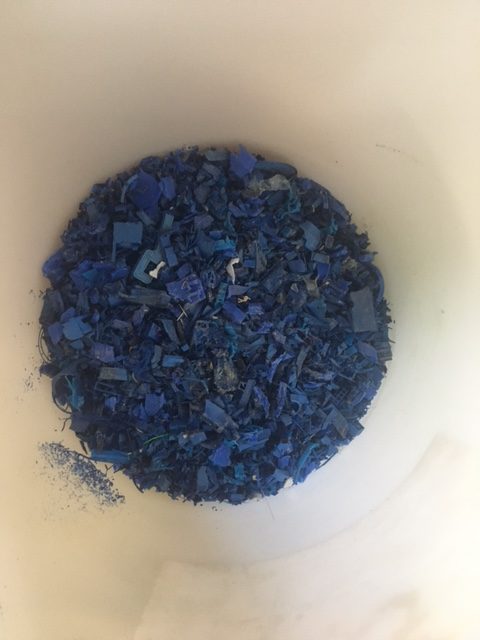
In addition to the benefits and progress within a community using 3D printing, it’s important to mention the positive impact that recycled plastics can have as a resource for 3D printing.
With the increasing concern for the environment and the need for sustainable practices, recycling plastic waste has become a pressing issue. Fortunately, 3D printing has the potential to make a significant contribution to this effort.
Recycling plastics for 3D printing involves melting down the plastic and converting it into a filament that can be used in a 3D printer. This filament can then be used to create new products and prototypes, reducing waste and promoting a circular economy. We will will be supplying the 3E printing prosumer market with shredded plastic for the new printers entering the market.
One of the key benefits of using recycled plastic in 3D printing is that it’s cost-effective. Recycled plastic is generally cheaper than new plastic, which can make 3D printing more accessible to individuals and communities who may not have the resources to purchase new materials.
In the new Internet of Things (IoT) marketplace a laterally scaled, collaborative, and more equitably distributed way of manufacturing, will fundamentally change how we produce goods. Software, usually open source, will be the platform that will allow us to produce an infinite number of products.
This new process is referred to as infofacture rather than manufacture. Millions of people will be producing goods at home in their local comunitites. This new way of producing is more aptly termed ‘prosumer’ enabling comunites to produce what they need from recycled materials, negating the need to ship little parts half way around the world.
Enter the replicator of Star Trek fame, where 3D printers will arrange molecules into a myriad of products, including food and water. Ah, the end of hunger and scarcity, and its closer than you expect. Imagine, replacement parts in a one or two day turnaround, made from the waste we produce, and most importantly its locally procuced.
Don’t just think outside the box, realize that there is no box!
sustainability fair



Sustainability generally refers to the capacity for Earth’s biosphere and human civilization to co-exist. It is also defined as the process of people maintaining change in a homeostasis-balanced environment, in which the exploitation of resources, the direction of investments, the orientation of technological development, and institutional change are all in harmony and enhance both current and future potential to meet human needs and aspirations.
Planning is in the works, for a Sustainability Fair coming in 2025. Keep your eye in this page for further information and Fair date.
Water Conservation
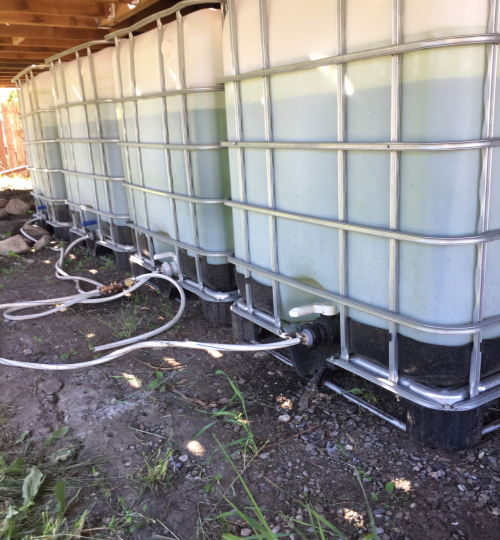
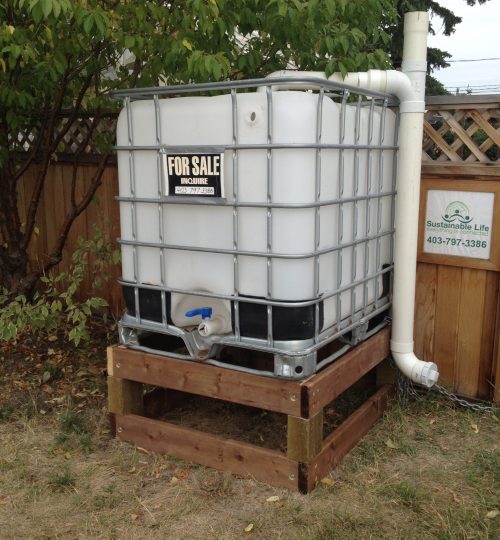
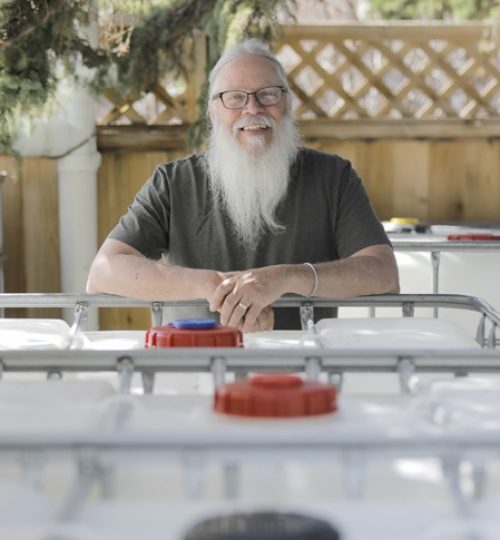
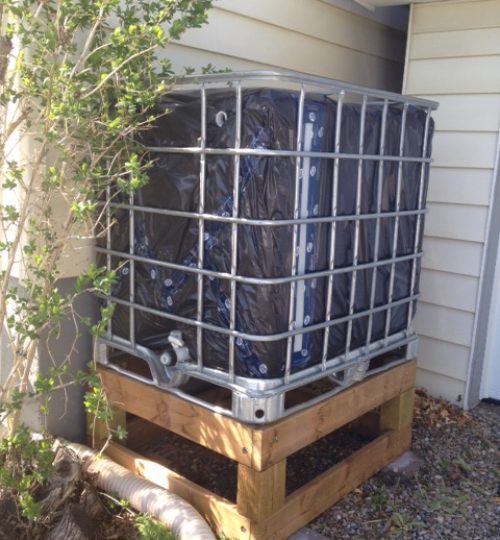

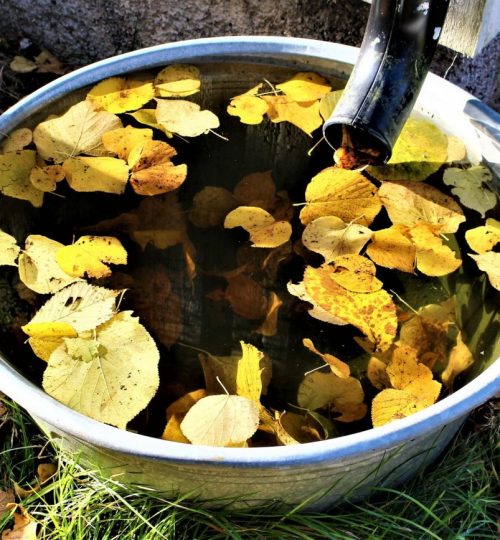
![IMG_5428[1]](https://sustainablelife.biz/wp-content/uploads/elementor/thumbs/IMG_54281-scaled-qob82yn4dihlykkp7r30lue5ca3m2r4lm8880ygaag.jpg)
Rain Water Conservation
Rainwater harvesting has been practiced for many generations. The practice of collecting rainwater from our roof and storing it for later use has come a long way; systems today utilize a eaves-trough, rainwater storage tanks, pumps, and other fixtures to move rainwater when required.
Most systems also incorporate some sort of filtration device to improve the quality of rainwater before storing, for periods of insufficient rainfall and an overflow solution for times of excessive rainfall.
The most important considerations when designing and installing a rainwater system are required codes and regulations, standards, and municipal bylaws.
The design and installation guidelines, organized by the different components of rain watering systems, are as follows:
- Rainwater catchment and transport via eaves troughs
- Rainwater storage tanks
- Filtering or some sort of separation of detritus from the roof
- Water overflow device to prevent back flow
- Pump or a pressurized distribution system
Placing rainwater harvesting systems on every structure within our local municipality has the potential to harvest 23 million gallons (87,064,471.03 litres) of treated water yearly, at present annual rainfall amounts. Here again, adopting LEED as our standard building practice, will resolve much of this water use, through the much more stringent water conservation design requirements. This conserved water can be use for watering trees, plants, and the food in our gardens; this is free of course. Just saying.
Renewable Energy
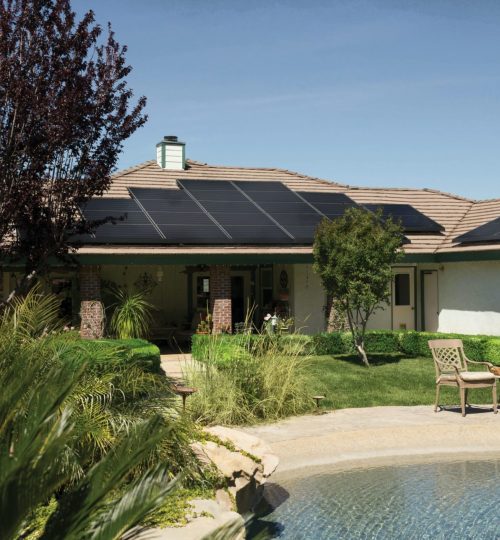
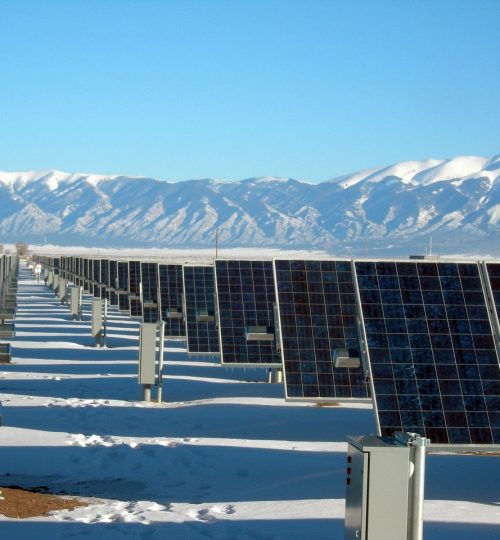
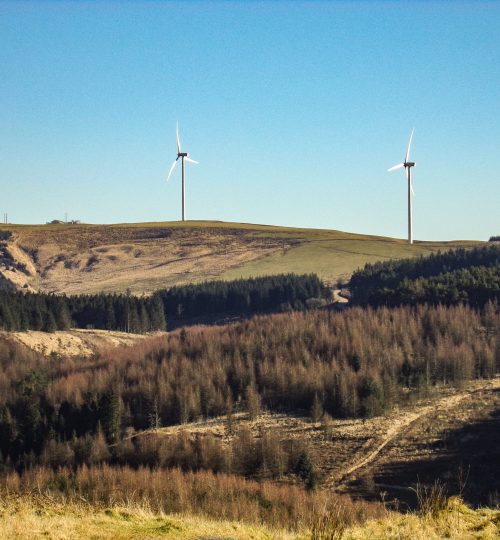
The sun beams 470 exajoules of energy to the surface of the earth every 88 minutes; equall to the amount of energy human beings use in one year. The exajoule (EJ) is equal to 1018 (one quintillion) joules. The 2011 Tōhoku earthquake and tsunami in Japan had 1.41 EJ of energy according to its rating of 9.0 on the moment magnitude scale. Our yearly energy consumption in Canada amounts to roughly 13.63 EJ (statista.com 2020). The case for geothermal energy production is even more compelling.
Renewable energy assets can be used to supply strength with fewer environmental influences. It is possible to make electricity from renewable power assets without generating CO2, the leading reason of climate changes.
But first, what is renewable energy? Renewable power is power derived from natural resources that top off themselves over a period of time without depleting the Earth’s sources. These resources additionally have the advantage of being plentiful, to be had in some capacity almost anywhere, and they motive little, if any, environmental damage. Energy from the sun, wind, and thermal power stored in the Earth’s crust are examples.
For comparison, fossil fuels consisting of oil, coal, and natural gas are not renewable, considering their quantity is finite—once we have extracted them they may cease to be to be had for use as an economically-feasible energy source. Those methods are too sluggish to replenish these fuels as quick as humans use them, so those assets will run out sooner or later.
Renewables have become cheaper that most all of the fossil fuels, and now recycling and up-scaling is being built into every aspect of the life cycle of every component of the renewable energy built environment.
our built environment


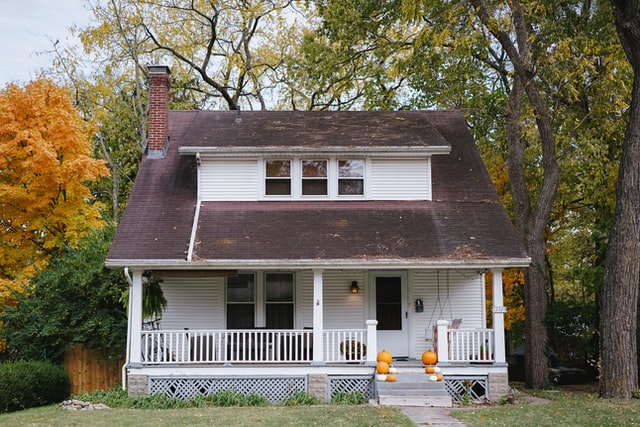
There is no significant difference in average cost for green building as compared to non-green buildings
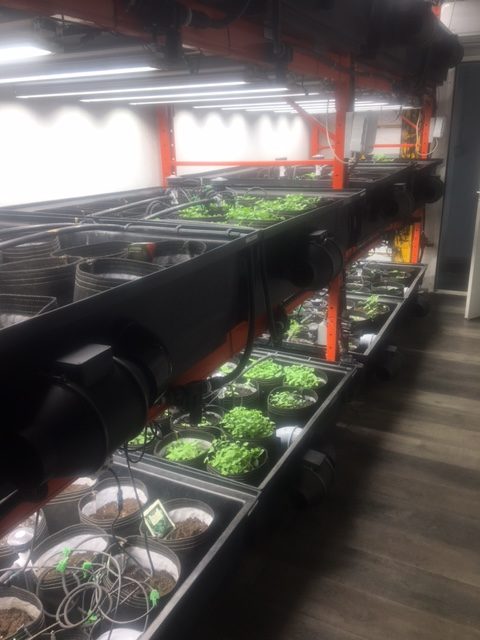
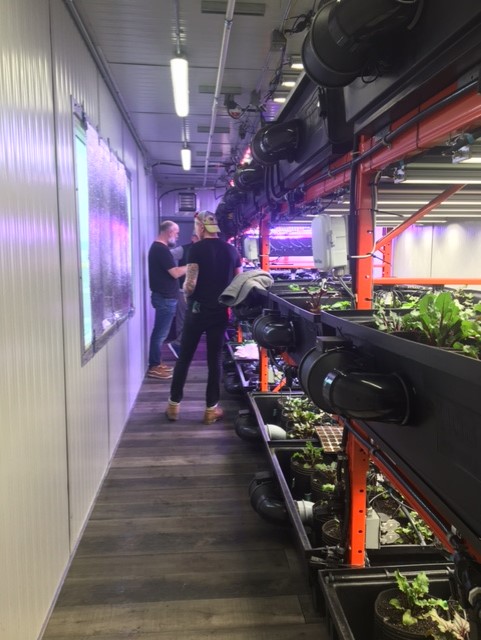
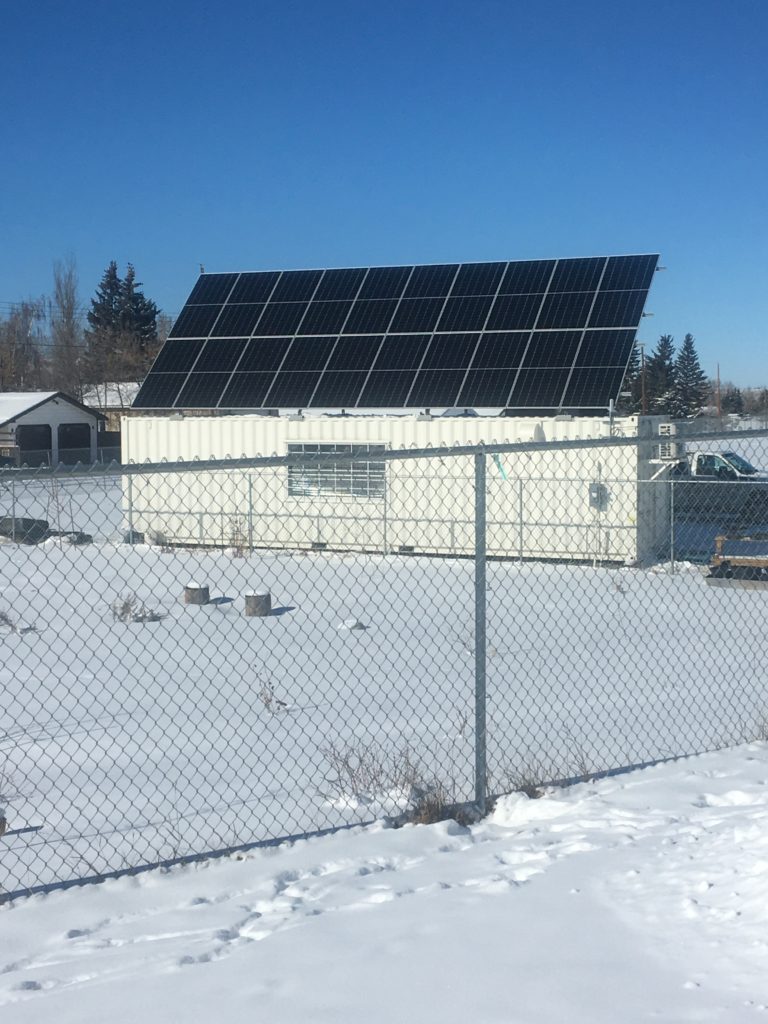
local food initiatives
Sowing Sustainability: From School Gardens to Dining Tables
As the momentum built, the students expressed a desire to incorporate more locally grown food into their diet. Their solution? Cultivating their own produce in school gardens. In a remarkable display of initiative, students collaborated with the commissary staff to integrate their homegrown produce into the school menu. The enthusiasm and consistency displayed by the students, from cultivation to market, is truly remarkable.
4. From Scraps to Riches: Sustainable Practices in Vegetable Scrap Management
Recognizing the need for sustainability, the students established a compost area for vegetable scraps. Additionally, they designed and installed a rainwater harvesting system for garden irrigation, complemented by an off-grid pumping system featuring a solar panel, a 12-volt pump, and a battery, making the project both efficient and portable.
5. Harvesting Success: Students as Producers and Entrepreneurs
The fruits of their labour materialize as students harvest produce for a weekly market, where they set up tables during the summer months for direct sales to the public. The success of this project is evident not only in local sales but also in collaborations with businesses and availability at a nearby grocery store. The students have become the driving force behind a self-sustaining food production system at their school.
6. Winter Farming Innovation: The Birth of the Sustainable Living Centre
Looking ahead, the students contemplated the challenges of winter and proposed the concept of a ‘Sustainable Grow Initiative.’ A brainstorming session led to the acquisition of a sea-can, transforming it into a vital addition to the Oilfield High School project. Now, students can produce herbs and micro-greens throughout the winter, ensuring a year-round impact on the local market.
7. A Legacy of Sustainability: Students’ Dedication to Eco-Friendly Initiatives
In summary, the evolution of these projects at the school showcases the students’ dedication to sustainability and community engagement. From recycling programs to winter farming, their initiatives continue to make a positive impact, promising a sustainable legacy for years to come.
